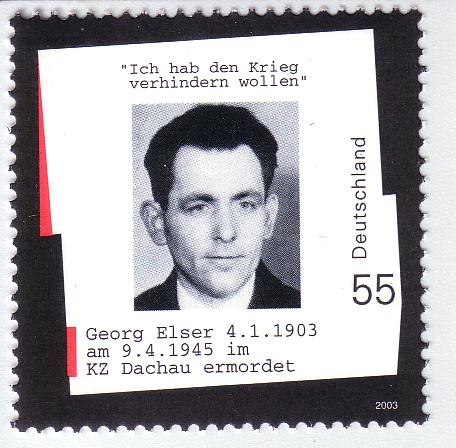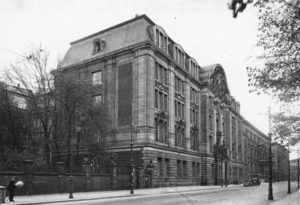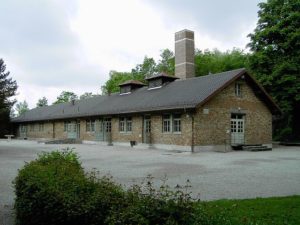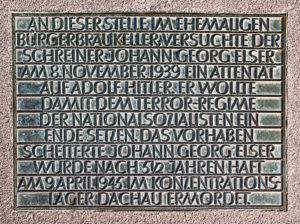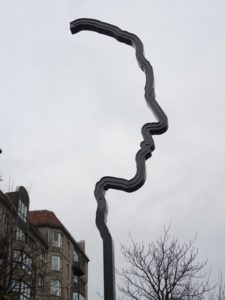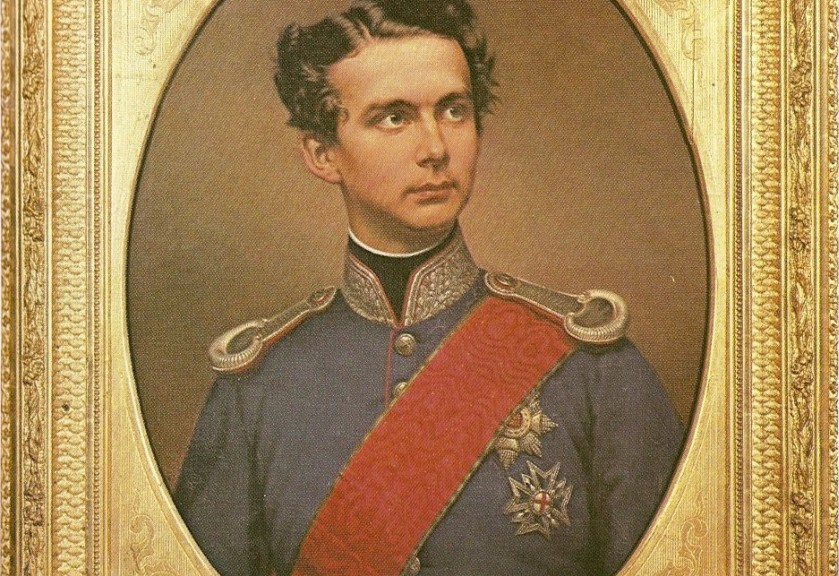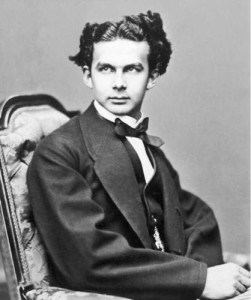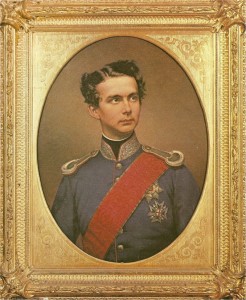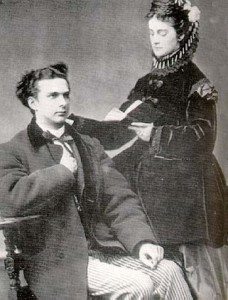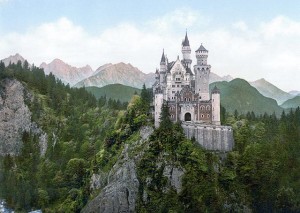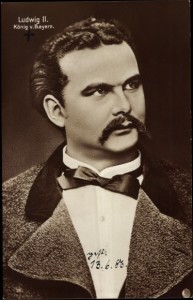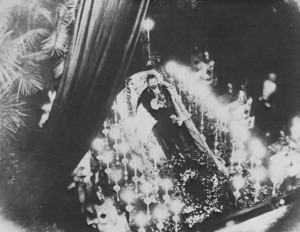Georg Elser’s failure is one of the most remarkable stories in European history.
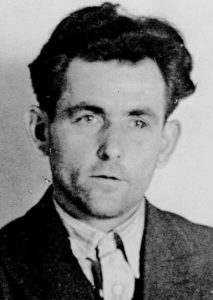
The contrast between Adolf Hitler and Georg Elser could not have been more dramatic. Hitler was a fanatically driven over achiever who had overcome his lower middle class background, lack of education and early personal failures to become one of the most charismatic and extroverted political figures of the twentieth century. Elser was a simple woodworker, with an intermittent work history, an unmarried loner with little interest in politics or the world beyond the small towns of Southern Germany where he lived and grew up. But, on November 8, 1939, the lives of these two individuals would intersect in a manner that today seems inconceivable.
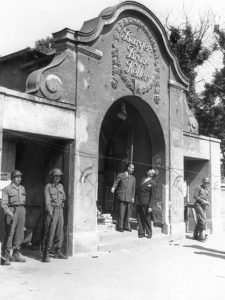
November 8 was an important date in the history of Nazi Germany and the life of Adolf Hitler. It was on this date in 1923, that Hitler rushed into Munich’s Burgerbraukeller beer cellar with a group of followers and attempted to disrupt a speech of one of the political officials charged with ruling the German state of Bavaria. Behaving theatrically, Hitler leapt onto a table, fired a pistol shot into the air and proclaimed “The national revolution has broken out! The hall is filled with six hundred men, nobody is allowed to leave!” Hitler’s poorly conceived revolt would end the next day, after a march of Hitler and his followers was fired upon by soldiers and police in Central Munich.
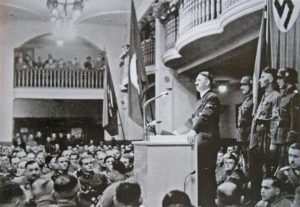
Less than ten years after his release from prison, Hitler would be named Chancellor of Germany on January 30, 1933. To commemorate the success of the Nazi party and the sacrifice and struggle of what he called his Alte Kampfers, “Old Fighters” who had been with him from the beginning, Hitler began a tradition of addressing this group at the site of the start of the Nazi political struggle, the Burgerbraukeller, annually on November 8.
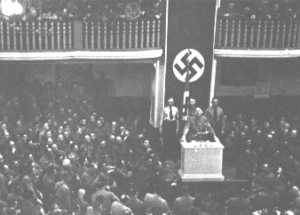
Despite the outbreak of war on September 1, 1939 would be no different. On November 8, Hitler flew with his entourage from Berlin, landed in Munich and in the early evening proceeded to the raucous hall jammed with Hitler’s most fanatical adherents. Shortly after eight PM he proceeded to the dais in the reception hall, a giant Swastika flag draped on the massive pillar behind him framing Hitler dramatically.
Podcast: Play in new window | Download
Subscribe: RSS

